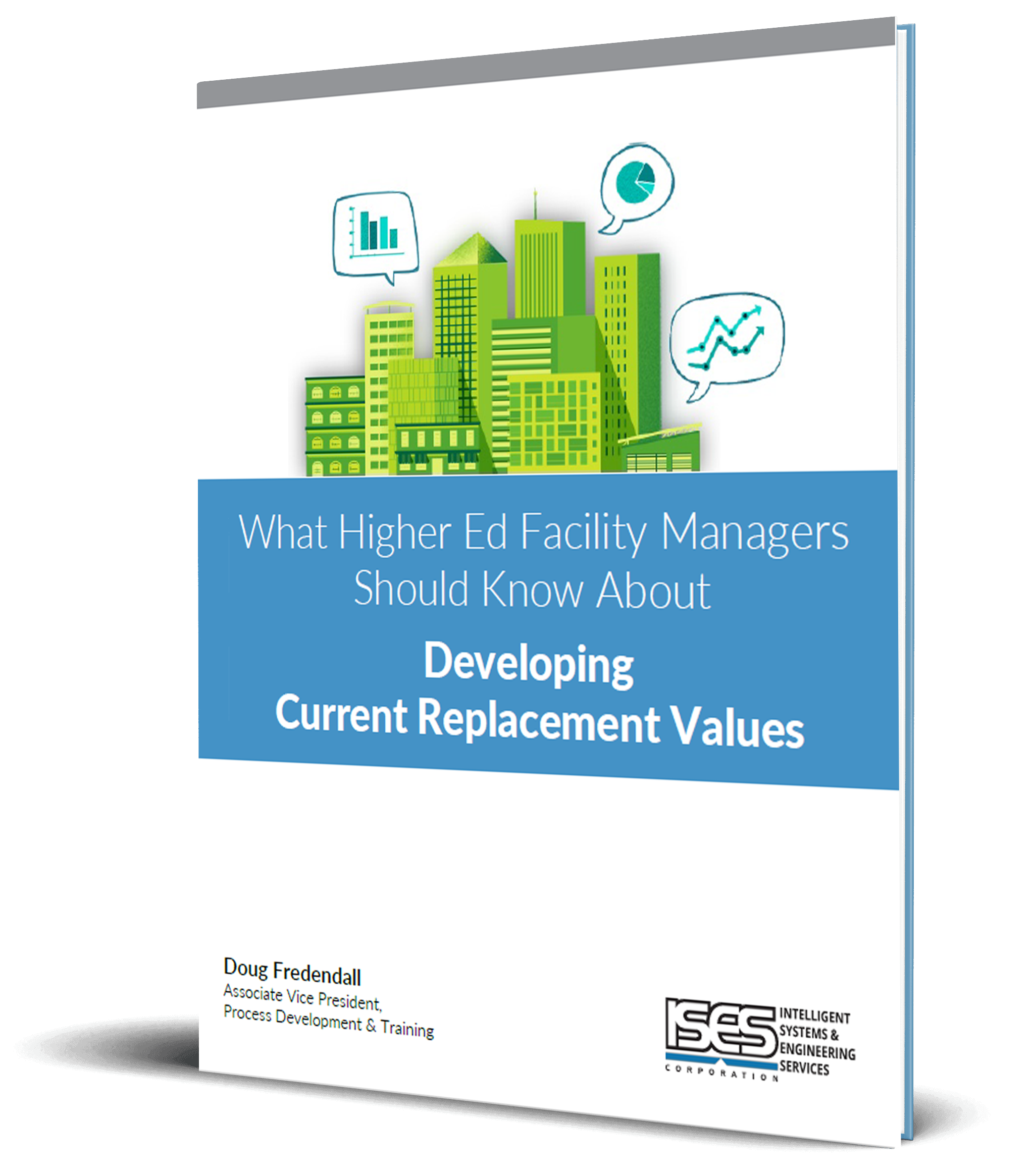Clients often ask why the value of a building’s component inventory doesn’t equal its CRV (Current Replacement Value). The short answer is a facility’s CRV includes the foundation, footings, support columns, piers and the like – permanent systems that are never renewed. The building component inventory should only include renewable items.
Why exclude permanent components from the inventory?
The component inventory is developed to forecast and budget for future needs. It is comprised of building systems and components that regularly need renewal or replacement based on lifecycle. Permanent structural systems aren’t included because they’re not replaceable. They’re only subject to repairs or adaptation to new standards (such as fire rating or seismic strength). Any corrective or adaptive action that is taken is a one-time cost.
When have you heard of replacing an entire basement foundation wall, all footings, all columns or all of the piers? The lifecycle of a permanent structural component typically dictates the lifespan of the building itself. For example, the lifecycle of the foundation system determines whether the facility will remain viable for sustained use. Similarly, the lifespan of the structural support columns and elevated deck slabs has the same life as the remainder of the building (let us hope), given these support all loads above-grade. Repairs are certainly possible and must be accounted for, but it is not feasible to replace these items in their entirety.
Some facilities consultants choose to include nonreplaceable elements in a building’s component inventory. However, this implies the need for capital renewal reserves to address these elements. In many instances, such reserves would be well in excess of necessary cashflow to maintain the operation of the structure. While permanent building components are certainly subject to repair or adaptation to new standards, it’s better to apply one-time corrective action or adaptive action budgeting to capture costs for these permanent systems.
Additionally, the methodologies APPA used to formulate the FCI ranges (Facility Condition Index: metrics for interpreting FCA results and campus priorities) did not include nonreplaceable elements. Thus, to include them would skew or invalidate the FCI and FCNI indices (Facility Condition Needs Index).
CRV vs. Component Inventory: So how should they relate?
In the facilities management field, the CRV represents the anticipated replacement cost of a structure adapted to the current mission and use. (For more on calculating CRVs, click here.) If the CRV was calculated correctly and the system and component costs have been accurately recorded in the inventory, there is rarely a circumstance where the replacement cost of the building’s individual systems and components will approach the CRV. There are some circumstances, however, where the total value of a building’s replaceable components can exceed the CRV.
-
The building is listed on the National Register of Historic Places and all work must be performed according to original specifications or involves time-consuming and complicated restorative measures (as opposed to normal replacement/restorative measures, which would be within normal cost parameters).
-
Restorative measures must be accomplished while the building remains fully functional. Examples include a thermal plant, generating station, space program control station, public utility component, long-term research environment or a medical environment. In such instances, it is often necessary for existing equipment to remain fully deployed. This requires duplicate fuel delivery and that pumping elements, power supplies and control measures be installed in parallel.
-
A significant cost will be incurred to abate extremely hazardous materials (i.e., radioactive or hydrocarbon substances, heavy metals or minerals such as asbestos).
So if you find that something’s not adding up, it’s because it’s not supposed to.


